What to Look for this week - Out of the Darkness
Published: 07 July 2020
Barely a fortnight has passed since midsummer yet already the nights are noticeably darker. The extra hours of darkness and the warming temperatures bring a flurry of activity on the moth front. Already folk are beginning to notice moths attracted to outside lights and numbers will peak at the end of the month and into early August.
Traditionally butterflies are day-flying and moths fly by night; this is one of the ways we’re supposed to tell the two apart. Flying at night of course brings a great deal less hazards in terms of predators and judging by the relative number of moth species to butterflies, it’s a pretty successful strategy. Over 450 species of moth have been recorded in Shetland but the number of butterflies recorded here only just reaches double figures.
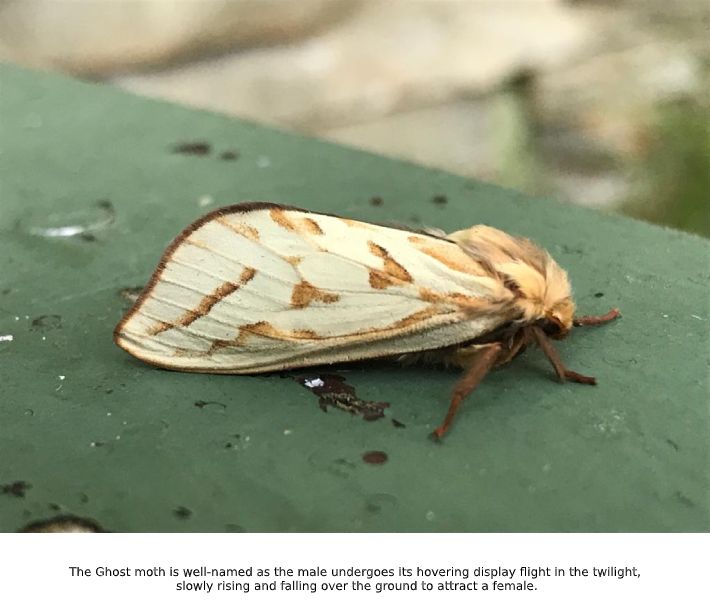
Perhaps one of the most noticeable moths this summer flies by day as well as night. The Silver Y is a common migrant here and, in exceptional years, can arrive by the millions. Another migrant that often gets noticed is the Angle Shades; it’s a bit scarcer but has an attractive pattern and is often found at lights. Both these species have bred in the islands. Far rarer but even more spectacular are the hawkmoths. The Humming-bird Hawk-moth is unmistakable – as its name suggests it hovers at flowers in search of nectar and a few have been seen in recent weeks. They seem particularly fond of Red Campion. Other larger hawk-moths, the size of a human thumb, also occasionally make it to Shetland – Convolvulus and Bedstraw Hawk-moths being annual visitors.
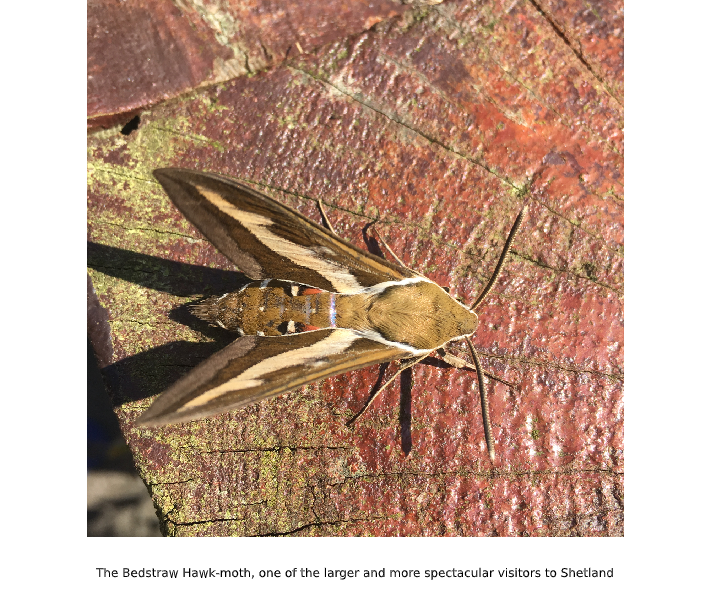
Moths, like butterflies, have four stages to their life cycle. Eggs, then caterpillars followed by pupa and the emerging adult. The majority of larvae (caterpillars) feed on plants; only a very small number of micro-moths are a problem for humans – feeding on textiles or food. Some species are tied to one particular food-plant but others can get by on a range of species. The adults live for only a few days or weeks and feed on nectar. Their main purpose is to mate and lay eggs.
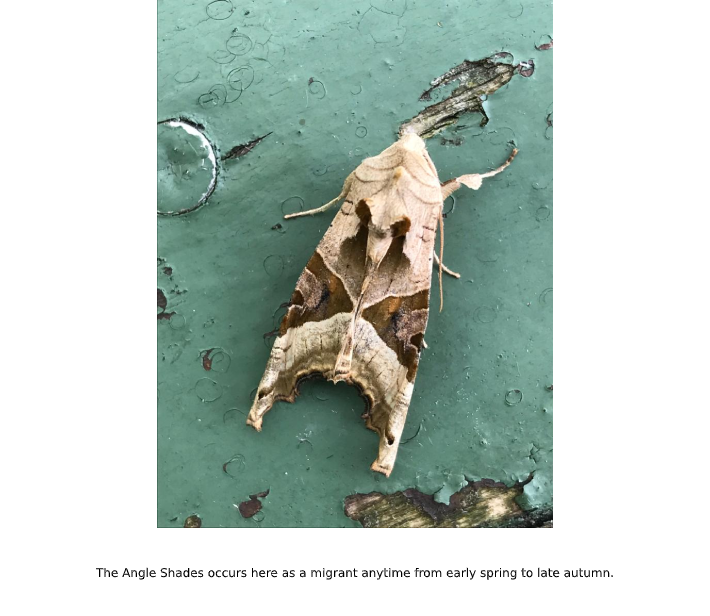
Shetland has long been famous with the moth-loving fraternity because a number of particular ‘forms’ occur here – some quite different to individuals of the same species found on the UK mainland. These forms are usually darker but no-one has successfully explained what the evolutionary significance of this is.
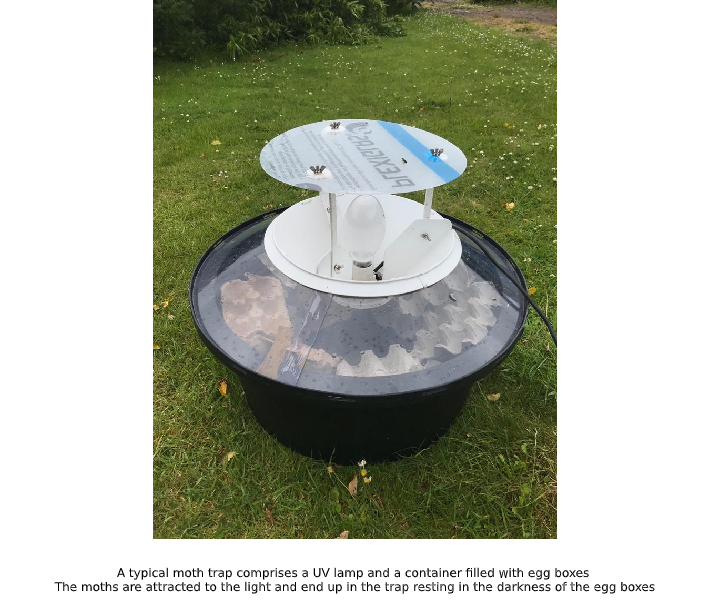
Moths are generally in decline in the UK – another manifestation of the intensification of agriculture. A recent study illustrated that over 60% of larger moth species have undergone a decline in the last 40 or so years. We don’t really have enough data to say whether this is also the case in Shetland but I suspect that things are a bit rosier up here – on a good night in late July/early August I can attract over 500 moths to a light in my garden!
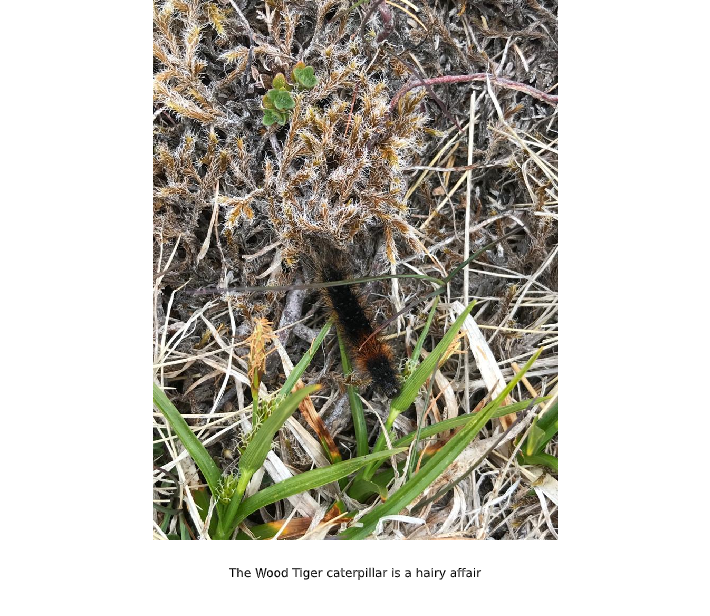
A handful of folk in the islands operate ultra-violet lamps to attract moths. The jury is still out on why moths come to light. We now they navigate using the moon and stars but this isn’t the explanation. Some of the moths that are attracted to the light will rest on egg boxes, they are then counted and carefully released in the morning. These data are collated and can tell us about fight times and species abundance. Two things that do appear to be happening in Shetland is that new species are colonising and flight times moving forward – both to be expected with global warming. This merry band of folk have also ensured that Shetland is well represented in the first ever Atlas of Britain & Ireland’s Larger Moths
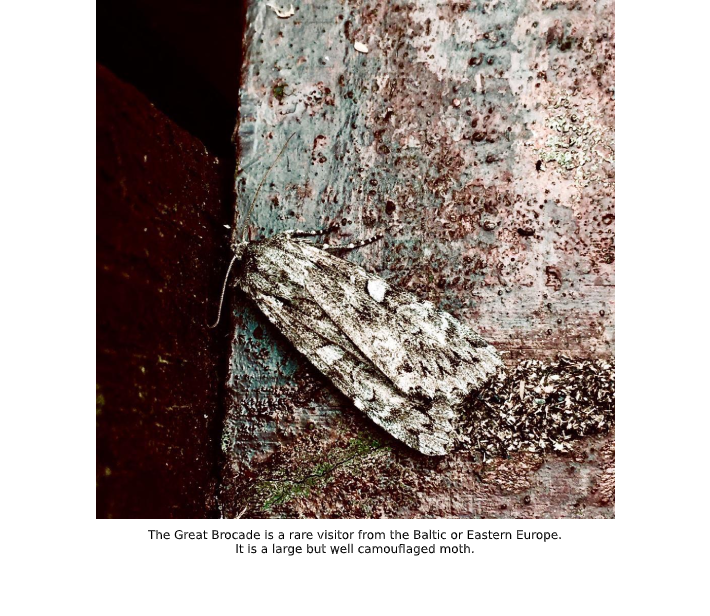
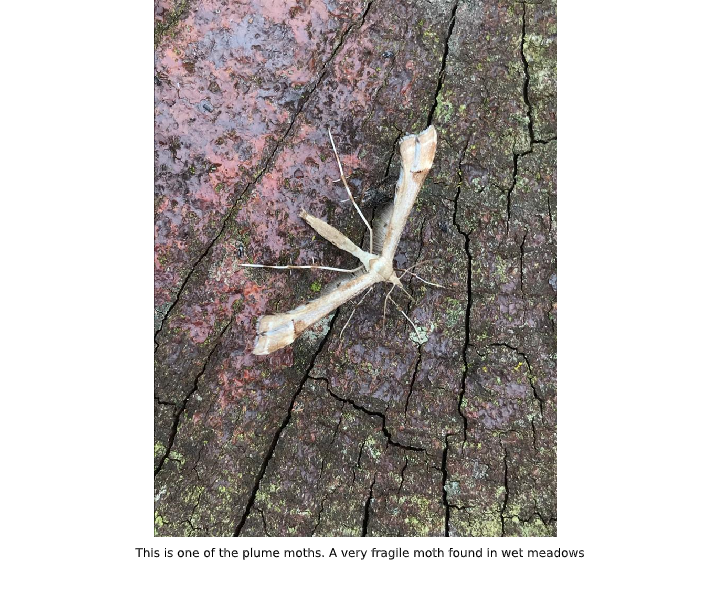
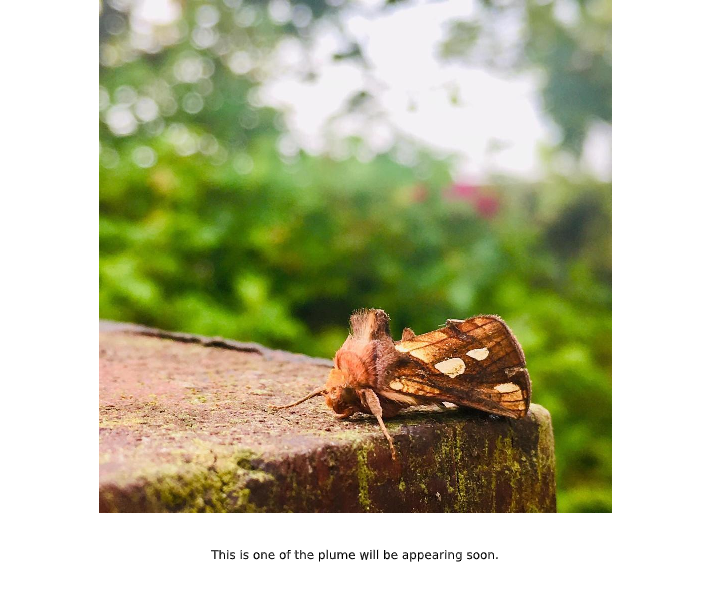
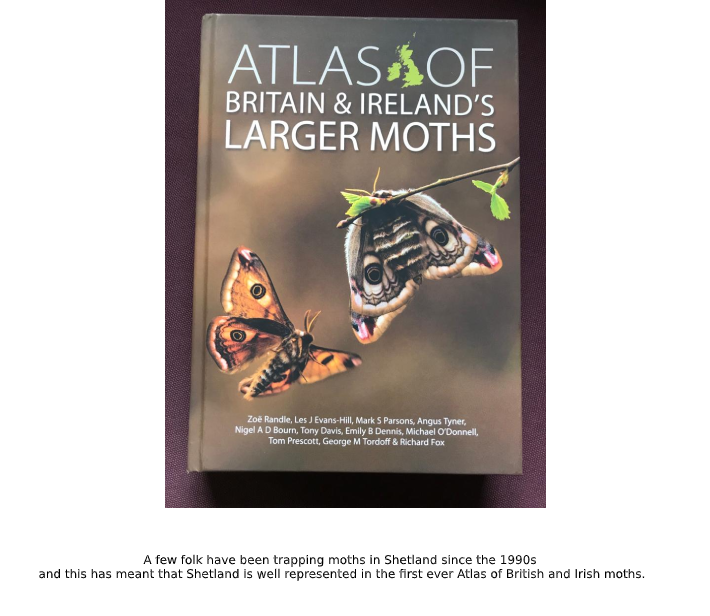
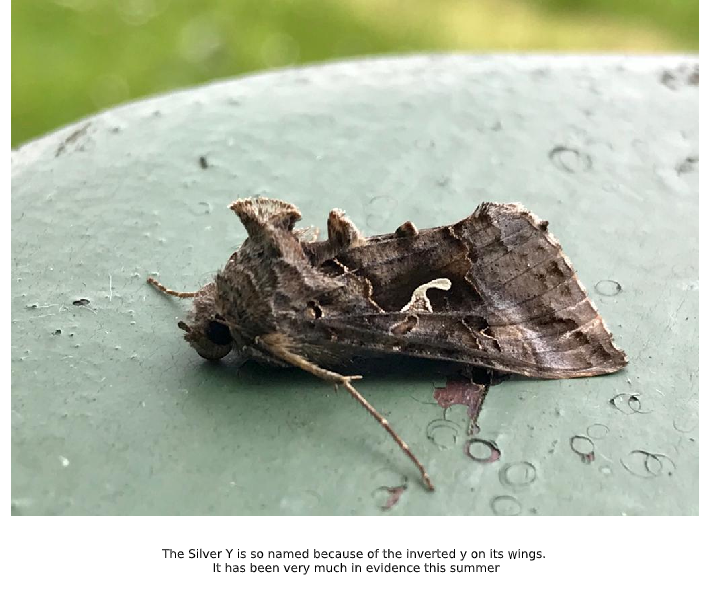
It is always good to get additional records of moths so if you do see one and manage to get a photograph we’d be delighted to identify them for you and add the record to the databse. Just send them to paul.harvey@shetlandamenity.org And even if you’re not keen on moths themselves some of the names are a marvel; True Lover’s Knot, Setaceous Hebrew Character, The Suspected and Blood-vein could all be handy next time you’re setting a quiz.

